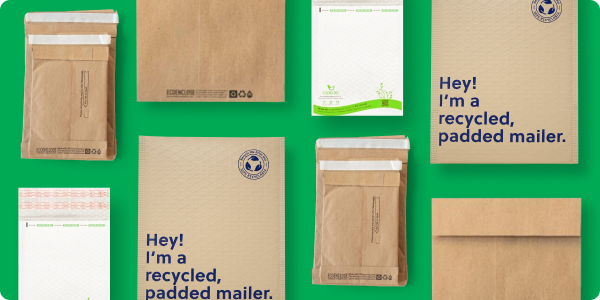
Twitter is a powerful communication tool for growing a small business. The service provides a great way to communicate with your customers and get instant feedback regarding how your product or service is perceived in the customer’s eyes. It also provides an easy and free method to promote special events, new products or special promotions that your business is running.
If you haven’t used Twitter yet, we’ve created this two-part article series for you to get started. Part one covers the Twitter basics including how to choose a username, how to write your bio, the one tip that will guarantee your success, and a bonus glossary.
How to choose a username
Prepare yourself for the likelihood that your first username choice is unavailable. If your business name is available, go with that option. If your business name is not available, try an abbreviated version of your name, adding an underscore, including your location, including your motto or mascot, or a new word combination.
How to write your bio
Think of your Twitter bio as an elevator pitch. There is a 140-character limit (just like tweets). Make sure to include who you are and what you offer. In your bio, describe your business in a compelling way and give people a reason to follow you. One or two hashtags (example: #postage) is appropriate. Don’t forget to add your website and location in the designated space, and to upload a simple photo for your avatar.
Listen first
If you remember only one tip from this post, make it this: listen first (and often). The purpose of marketing is to provide value to potential and current customers, and nowhere is this more relevant than Twitter. Use Twitter as an extra set of eyes looking out for what your customers care about (and when they’re upset). Before you start sending out tweets, spend a couple weeks following businesses that are similar to yours and observing their behavior. Notice who they follow, the frequency and content of their tweets, and their engagement levels (look at @ replies and retweets).
BONUS: Glossary
The basics, to get you started with Twitter lexicon.
- @ Sign – Used to indicate a username. When you put an @ before a username, it links to that Twitter profile.
- Direct Message (DM) – These are private tweets between the sender and recipient.
- Hashtag (#) – This symbol is used for keywords or topics in a tweet.
- Mention – A mention is including another user in a tweet by using the @ sign followed by the username.
- Modified Tweet (MT) – Use this symbol before someone else’s tweet that you’ve changed.
- Retweet (RT) – This forwards a copy of someone else’s tweet to your followers.
- Tweet – A message posted on Twitter that is 140 characters or less.
Be sure to watch for part two of this series where we’ll be sharing ideas for what to tweet and how to handle customer complaints.
Now that you understand the basic methods for using Twitter, start today by visiting Twitter and signing up!


